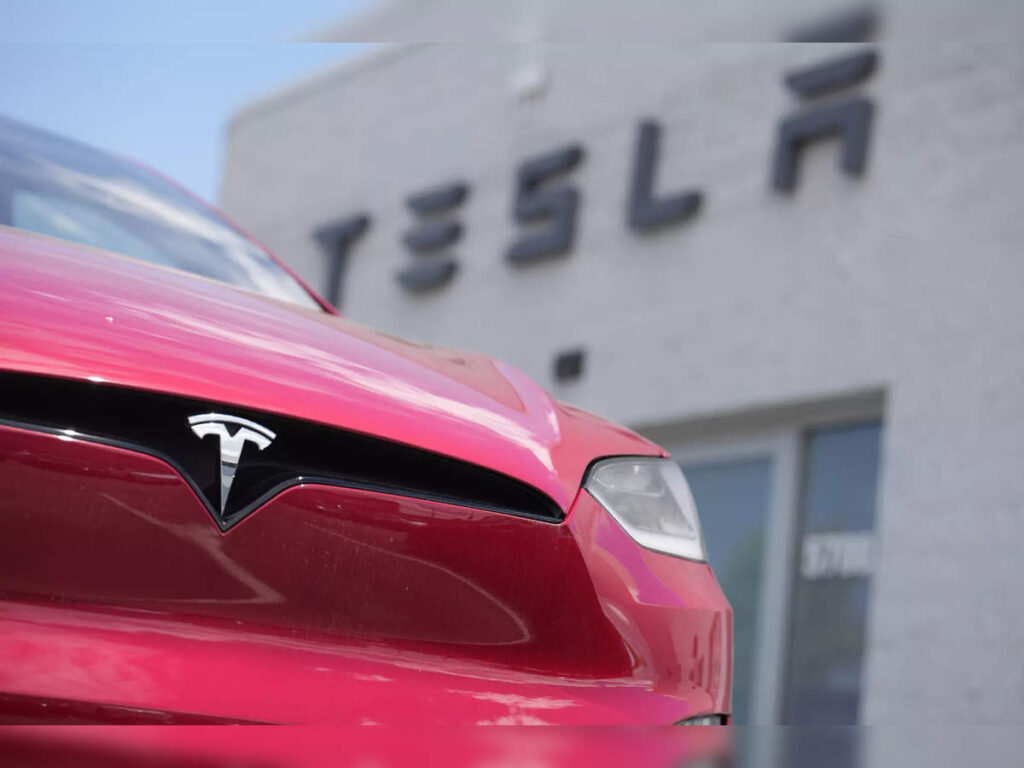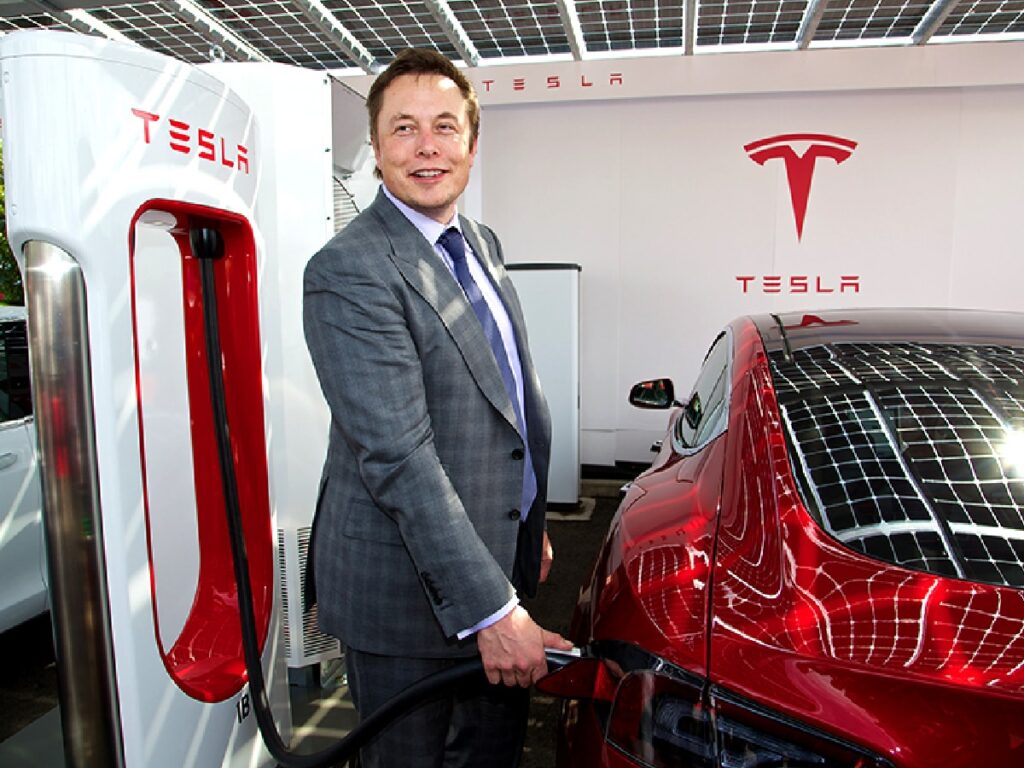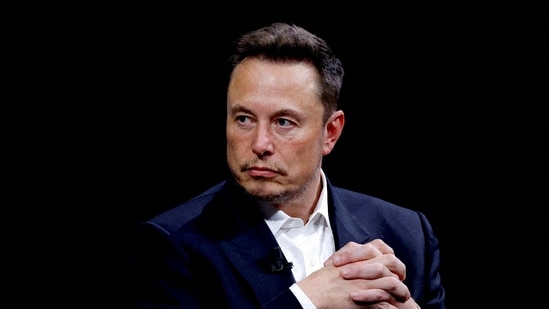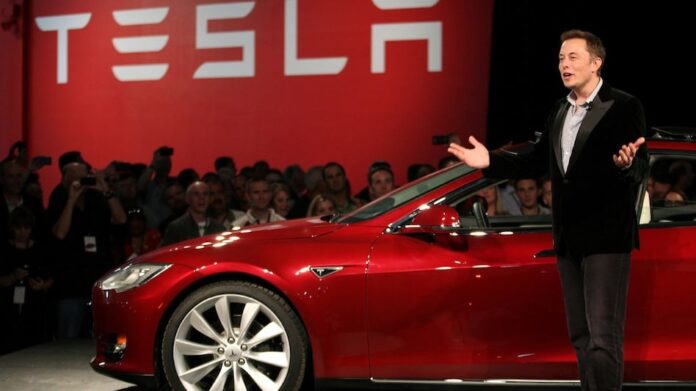As anticipation builds around Elon Musk’s imminent visit to India to unveil Tesla’s electric vehicle investment plans, there’s a mix of excitement and apprehension in the air. While India hopes for a red carpet welcome to boost its domestic electric vehicle industry, there are also some red flags waving, signaling challenges ahead. From policy rethinks to industry changes and battery preferences, here’s what to expect as Musk navigates through the complexities of the Indian market.
When Tesla chief Elon Musk is expected to land in India later this month to announce his electric vehicle (EV) investment plans, he will wish for a red carpet no doubt — but there will also be a few red flags in the wings.
Under pressure in China where local players have outsmarted him, facing tech disruptions in the industry, and a general demand slowdown, for Musk, the India story is as important as the EV story is for India.
New Delhi hopes the entry of the marquee EV flagbearer, just like it was in China, will be a catalyst for its domestic electric four-wheeler push. So much so that after turning down Tesla’s demand for upfront import duty cuts two years ago, it believes the latest cuts, with a post-dated investment pledge and progressive localisation targets, are worth it.



The key issues that will frame the talks with Tesla:
1. Policy Rethink:
The new EV policy, which effectively lowered import duties to 15 per cent from 100 per cent on car models costing over $35,000 if its manufacturer promised to invest $500 million in setting up a local factory, is being seen as a move to welcome Tesla. This marks a part reversal of the domestic manufacturing policy push given that the duty cuts are aimed at enabling a carmaker to import fully built cars made in a foreign country, even though there is an implicit promise of building a factory at a future date backed by bank guarantees, and progressively increasing domestic manufacturing targets. Tesla had pitched for cars to be imported from its Shanghai factory but — given the optics of imports from China — is now likely to get the first lot from its Berlin-Brandenburg factory. This is learnt to be at New Delhi’s insistence.
2. Subsidy Structure:
The waiver of duties is specifically for models of electric cars with a combined cost, insurance, freight prices of $35,000 or above — a landed cost of `35 lakh or more, a user segment that does not generally qualify for a tax waiver for what is clearly a luxury product. While the import numbers may be limited to 8,000 units annually, the new policy does entail a demand by Tesla of sampling their cars here to test out the “market potential”, before it takes a full-scale plunge into manufacturing.
3. Industry Change:
The EV industry is currently staring at a fork-in-the-road moment, with Tesla being particularly impacted given its outsized impact on the global EV sector. Its stock has tanked with the company on track for its slowest quarter since 2022 impacted by lower production and deliveries. The steady slowdown in EV demand across key markets, including North America and Western Europe, has started to expose a major overcapacity problem at its factories such as Shanghai and Berlin. To be sure, the slowdown is not limited to Tesla alone. In October, GM announced it would cut production of EVs, citing slowing demand while in January, Ford slashed production of its electric pickup truck by half.
4. Tesla’s 3 Key Challenges:
One, the lack of a mass-market entry-level “low-cost family” car in its line-up, something that was touted by Musk as the company’s primary mission way back in 2006. Its cheapest current model, the Model 3 sedan, sells for nearly $40,000 in the US and the planned low-cost Model 2 is a non-starter.
Two, less flashier Chinese EV makers are fast closing the gap with Tesla. Shenzhen-based BYD eased past Tesla as the top seller of electric cars in the last three months of 2023, boosted by a surge in sales of the Chinese carmaker’s smaller, low-cost EVs such as its Seagull and Dolphin models.
Three, Tesla, which has the most widespread and dependable charging network in the US, alongside parts of Europe and China, has used this network as a walled garden for its car owners across markets so far. Not anymore. The carmaker has been forced to partly open its 45,000-charger network in the US to all electric car models by the end of 2024 in lieu of gaining access to $7.5 billion in subsidies. This effectively negates the advantage Tesla has had in terms of developing and maintaining a super-efficient fast charging network.
5. Battery Preference:
While the Lithium-ion battery tech has been a runaway success at the lower end of India’s EV segments, the same cannot be said of the four-wheeler segment. Currently, the Centre offers tax incentives for primarily one category of cars, with practically all other vehicular technological platforms clubbed together towards the upper end of the tax bracket. India’s electric mobility plan is largely focused on battery electric vehicles (BEVs) replacing internal combustion engine vehicles for now, with Li-ion seen as its most viable battery option.
Conclusion:
As Elon Musk gears up for his much-anticipated arrival in India, the stage is set for a potentially transformative moment in the country’s electric vehicle journey. While challenges abound, from policy complexities to evolving industry dynamics, the promise of Tesla’s entry injects a renewed vigor into India’s electric mobility narrative. As stakeholders eagerly await the outcome of Musk’s discussions in India, one thing is certain: the future of EVs in India is poised for an electrifying ride.
#ElonMusk #Tesla #ElectricVehicles #India #EVIndustry #Policy #BatteryTechnology


